MNEMONICS FOR ANTIMICORBIALS
GENERAL CLASSES OF ANTIBIOTICS
1. Aminoglycosides
2. Cephalosporins
3. Tetracyclines
4. Penicillins
5. Sulfonamides
6. Fluoroquinolones
7. Macrolides
8. Carbapenems
9. Lincosamides
10. Glycopeptides
There are 4 main mechanisms of action:
- Inhibition of folate synthesis
- Inhibition of DNA replication/synthesis
- Inhibition of protein synthesis
- Inhibition of cell wall synthesis
Easy to remember Inhibitors of Protein Synthesis
Macrolides, Aminoglycosides, Lincosamides, and Tetracyclines (MALT).
“MALT” = malt powder is often in “protein” shakes.
Remember the “PRO-tein Party Crashers”?
Aminoglycosides, lincosamides, and glycopeptides are all antibiotic groups, but they don’t target DNA directly. Instead, they act as protein party crashers! These antibiotics disrupt the process ribosomes use to build proteins (essential for everything from growth to repair) by messing with different parts of the protein-making machinery. This disrupts the bacteria’s ability to function normally, ultimately leading to their demise.
The “CP Killers” Squad: Meet the GCPC Antibiotic Team!
While “CP Killers” refers to their overall function, let’s meet the specific members of the GCPC team:
- Glycopeptides: These heavy hitters bind directly to the peptidoglycan, further weakening the cell wall.
- Carbapenems: They act as broad-spectrum “CP Killers,” disrupting enzymes needed to build the cell wall.
- Penicillins: These classic antibiotics are another type of “CP Killer” that target a specific enzyme in the cell wall construction process.
- Cephalosporins: Similar to penicillins, they are “CP Killers” that inhibit enzymes involved in cell wall synthesis.
By remembering “CP Killers” and this brief description of each member’s role, you can easily recall the GCPC group and their crucial function in combating bacteria.
Inhibit DNA Replication
 Remember QUINtuplets? They’re all copies of each other, just like replicated DNA!
Remember QUINtuplets? They’re all copies of each other, just like replicated DNA!
Fluoroquinolones are a powerful group of antibiotics that work by interfering with this replication process. By targeting enzymes crucial for DNA copying (QUIN like in QUINtuplets!), they essentially jam the machinery bacteria need to reproduce. This disrupts their growth and ultimately kills them.
Inhibit Folate Synthesis
FOe to Growth: Remember the “FO” in both SulFOnamides and FOlate!
Sulfonamides are a class of antibiotics that target bacteria by interfering with their ability to make folate. Since “FO” appears in both names, it serves as a handy memory cue. Folate is crucial for bacteria, essential for building the molecules they need to grow and reproduce. By inhibiting folate synthesis, sulfonamides essentially become the “FOe” to bacterial growth, stopping them in their tracks.
Drug Name Trick
Now that we have discussed the main antibiotic classes, let’s learn some tricks to remember the information!
The first trick will help you remember the drug names within each antibiotic class as most of the medications share similar prefixes and/or suffixes.
**While this trick applies to most drug names within each class there may be a few exceptions.
Aminoglycosides = end in “mycin”
Cephalosporins = begin with “cef/ceph”
Tetracyclines = end in “cycline”
Penicillins = end in “cillin”
Sulfonamides = begin with “sulfa”
Fluoroquinolones = end in “floxacin”
Macrolides = end in “thromycin”
Carbapenems = end in “penem”
Lincosamides = end in “mycin”
Glycopeptides = end in “in/mycin”
Aminoglycosides, lincosamides, and glycopeptides can all end in “mycin” so be careful with those.
More in the next post!



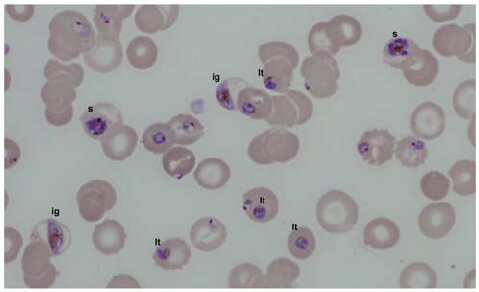
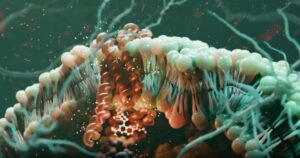
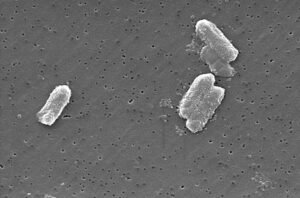

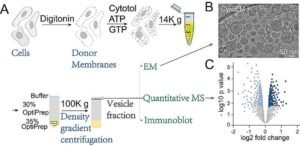
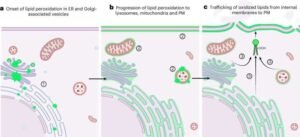

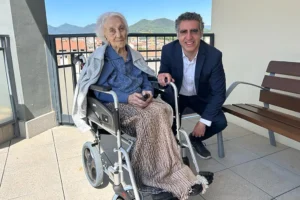


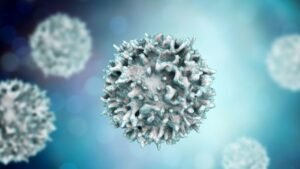
Post Comment